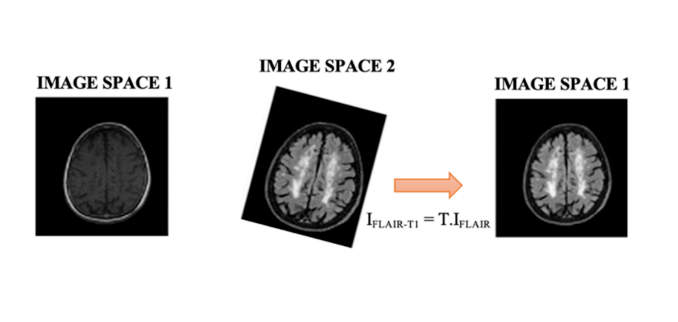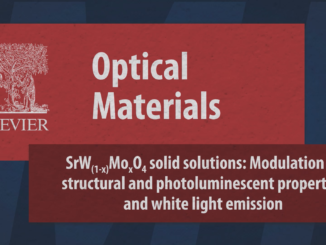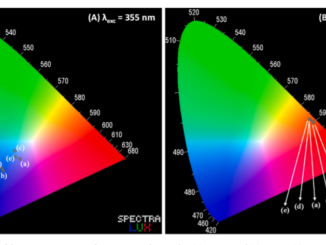
Lesion Volume Quantification Using Two Convolutional Neural Networks in MRIs of Multiple Sclerosis Patients
Abstract: Background: Multiple sclerosis (MS) is a neurologic disease of the central nervous system which affects almost three million people worldwide. MS is characterized by a demyelination process that leads to brain lesions, allowing these affected areas to be visualized with magnetic resonance imaging (MRI). Deep learning techniques, especially computational algorithms based on convolutional neural networks (CNNs), have become a frequently used algorithm that performs feature self-learning and enables segmentation of structures in the image useful for quantitative analysis of MRIs, including quantitative analysis of MS. To obtain quantitative information about lesion volume, it is important to perform proper image preprocessing and accurate segmentation. Therefore, we propose a method for volumetric quantification of lesions on MRIs of MS patients using automatic segmentation of the brain and lesions by two CNNs. Methods: We used CNNs at two different moments: the first to perform brain extraction, and the second for lesion segmentation. This study includes four independent MRI datasets: one for training the brain segmentation models, two for training the lesion segmentation model, and one for testing. Results: The proposed brain detection architecture using binary cross-entropy as the loss function achieved a 0.9786 Dice coefficient, 0.9969 accuracy, 0.9851 precision, 0.9851 sensitivity, and 0.9985 specificity. In the second proposed framework for brain lesion segmentation, we obtained a 0.8893 Dice coefficient, 0.9996 accuracy, 0.9376 precision, 0.8609 sensitivity, and 0.9999 specificity. After quantifying the lesion volume of all patients from the test group using our proposed method, we obtained a mean value of 17,582 mm3. Conclusions: We concluded that the proposed algorithm achieved accurate lesion detection and segmentation with reproducibility corresponding to state-of-the-art software tools and manual segmentation. We believe that this quantification method can add value to treatment monitoring and routine clinical evaluation of MS patients.
Author(s): de Oliveira, M.; Piacenti-Silva, M.; da Rocha, F. C. G.; Santos, J. M.; Cardoso, J. D.; Lisboa, P. N.
Diagnostics
Published: 18 January 2022
DOI: https://doi.org/10.3390/diagnostics12020230
CDMF
The CDMF, hosted at the Federal University of São Carlos (UFSCar), is one of the Research, Innovation and Dissemination Centers (RIDC) supported by the São Paulo State Research Support Foundation (Fapesp), and also receives investment from the National Council Scientific and Technological Development (CNPq), from the National Institute of Science and Technology of Materials in Nanotechnology (INCTMN).




